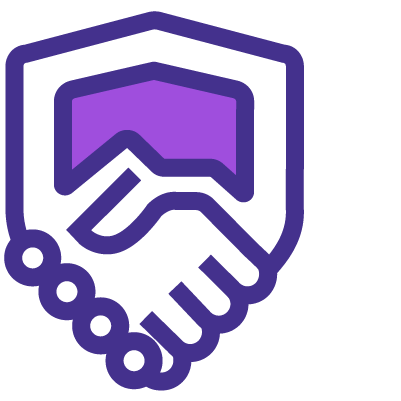Who should attend this CCNP Collaboration Training Course?
The CCNP Collaboration Course is designed to equip professionals with the skills and knowledge required to deploy collaboration solutions that offer seamless communication experiences.
This course can be beneficial for various professionals, including:
- Network Engineers
- Systems Engineers
- Network Administrators
- IP Network Engineers
- Cisco Technology Specialists
- Collaboration Engineers
- Telecommunications Engineers
Prerequisites of the CCNP Collaboration Training Course
There are no formal prerequisites for attending this CCNP Collaboration Training. However, professionals will find it beneficial to have three to five years of experience in implementing collaboration solutions, along with a basic understanding of CCNA, Ethernet, and TCP/IP networking concepts.
CCNP Collaboration Training Course Overview
This CCNP Training Course is an essential course designed to empower professionals with the expertise required to excel in the field of network collaboration. In an era where seamless communication and collaboration are pivotal, this course is of paramount importance. With an emphasis on real-world applications and hands-on experience, it equips delegates with the knowledge and skills to manage, implement, and troubleshoot complex collaboration solutions.
Proficiency in CCNP Collaboration is crucial for IT professionals looking to elevate their careers, especially those working in roles involving the design, implementation, and support of collaboration networks. Individuals who have attained their CCNA Certification can greatly benefit from this course, as it builds upon the foundational knowledge acquired in the CCNA Course, enabling them to reach the next level of expertise.
This intensive 4-day CCNP Collaboration Training empowers delegates with practical insights and hands-on experience in Cisco collaboration technologies. Delegates will learn to configure, manage, and troubleshoot collaboration solutions, ensuring their organisations have reliable communication systems. The course blends theoretical understanding with practical application, making it a comprehensive learning experience. Delegates will also gain insights into the latest trends and best practices in collaboration technologies.
Course Objectives
- To learn the principles and elements of Cisco Collaboration Solutions design
- To configure network components and troubleshoot Cisco Collaboration Solutions
- To deploy SIP endpoints and troubleshoot SIP conversations in collaboration scenarios
- To configure Cisco IOS XE gateway elements and identify appropriate media resources
- To implement toll fraud prevention and globalised call routing in Cisco UCM
- To describe QoS requirements and configure Quality of Service mechanisms
- To configure Cisco Unity Connection and deploy WebEx applications efficiently
After completing this CCNA Training, professionals will be well-equipped to design, implement, and support advanced collaboration solutions, enhancing their career prospects and contributing significantly to the success of their organisations. This course opens doors to more advanced CCNA Training, allowing delegates to continue their journey of professional development and specialisation in the dynamic field of collaboration technologies.
 To help and support our clients we are providing a limited number of 250 daily discount codes. Hurry, first come, first served!
To help and support our clients we are providing a limited number of 250 daily discount codes. Hurry, first come, first served!




























 If you wish to make any changes to your course, please
If you wish to make any changes to your course, please


